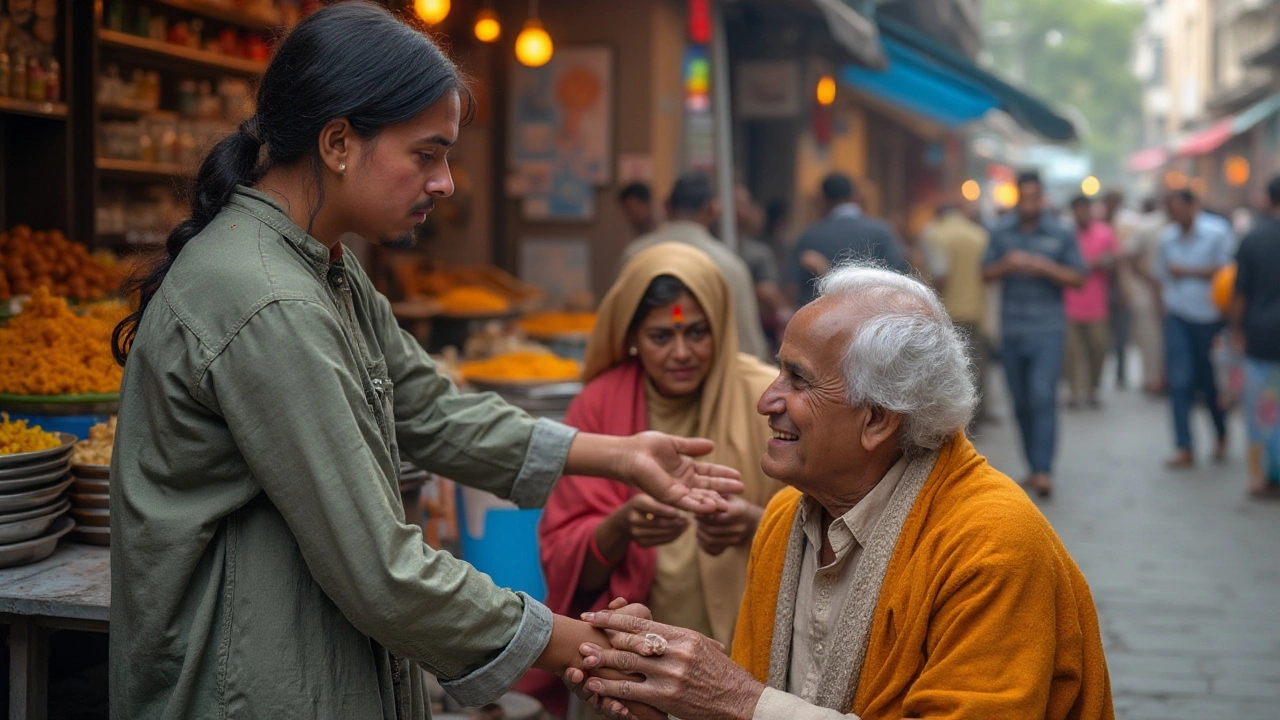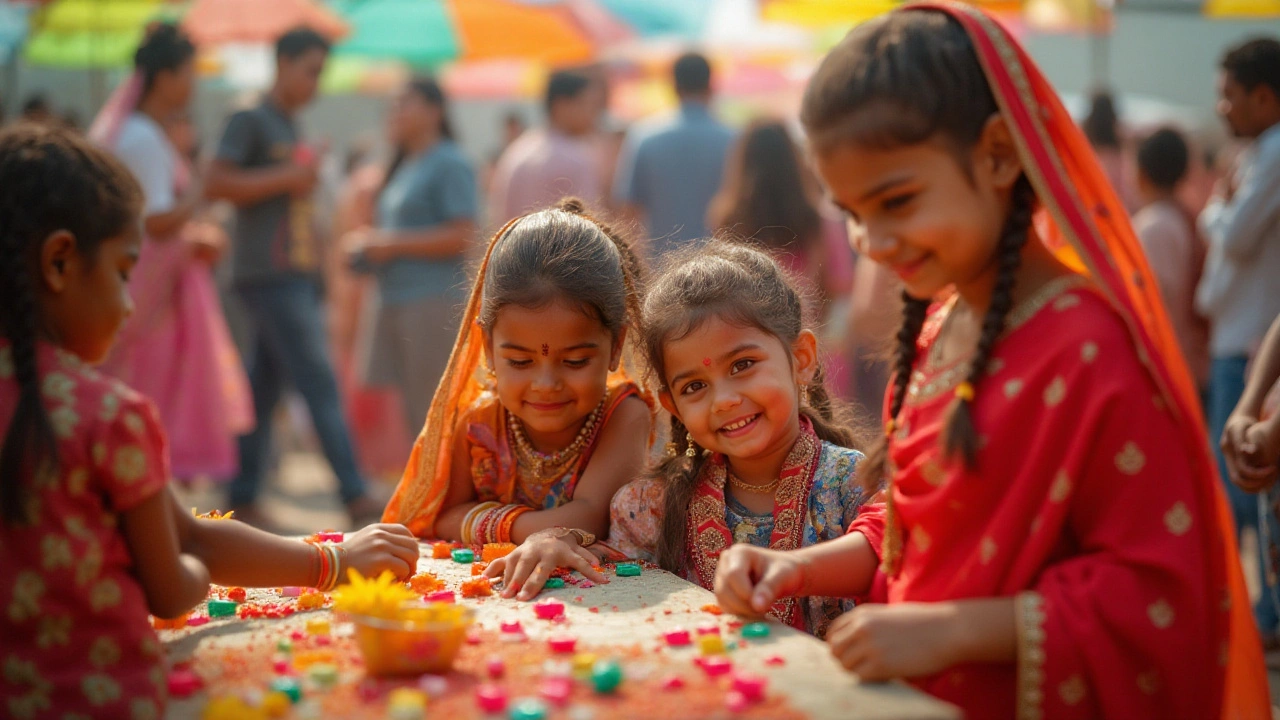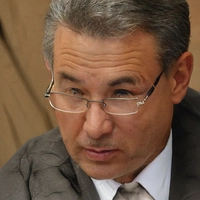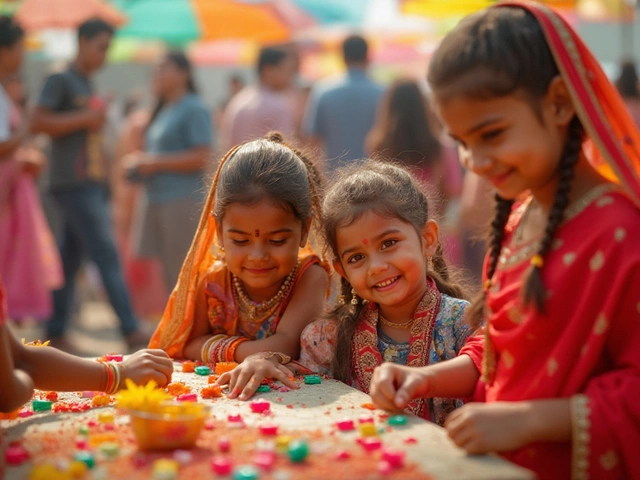In today's world, the heart of charity beats stronger than ever, with countless activities centered on making a tangible difference. Charity activities span a wide range of efforts, each addressing unique needs while fostering a sense of community.
Delving into the realm of charitable activities reveals a tapestry of human kindness, woven through fundraising events, volunteerism, and donation drives. These initiatives, simple yet profound, often transform lives and nurture hope.
Through understanding various forms of charitable activities, individuals can find personal ways to contribute, from hosting events that gather resources to participating in local volunteer programs. Such commitments don't just help beneficiaries—they enrich the lives of those who give.
Fundraising Events
Fundraising events are the engines that propel many charitable activities into action, generating essential resources while also fostering community spirit. These events come in myriad forms, from time-honored charity galas to modern digital campaigns that leverage the power of technology and social media. At the heart of effective fundraising is the ability to engage a diverse audience, appealing to their philanthropic spirit through creative and compelling experiences. Traditionally, black-tie dinners and auctions have been staples of the charitable calendar, offering an opportunity for attendees to contribute financially while enjoying memorable evenings, often with entertainment and guest speakers who share compelling stories of hope and inspiration.
In recent years, innovation in fundraising has given rise to exciting new formats. Crowdfunding platforms like GoFundMe and Kickstarter allow causes to reach a global audience, breaking geographical barriers previously faced by charity events. These platforms harness the power of storytelling, enabling organizers to share personal narratives and project updates that keep donors engaged and invested in the outcomes. Virtual gatherings have also seen a rise in popularity, particularly during times when physical meetups are challenging. These events offer flexibility and accessibility, increasing participation across demographics and reinforcing community bonds despite physical distance.
Successful fundraising often combines entertainment with the cause, creating an environment where attendees feel a deeper connection to the mission. Imagine a local running event where participants don costumes to support a specific cause, or a themed dinner that transports guests to another era, each with proceeds going toward charitable endeavors. Strategic partnerships with businesses and media can also magnify the reach of these events, offering sponsorship opportunities and enhancing promotional efforts. In fact, according to a study by Double the Donation, corporate partnerships can boost fundraising efforts by up to 50%, highlighting the significant impact of collaboration.
"Social movements like Giving Tuesday have illuminated the power of collaboration in fundraising initiatives," noted a recent feature on Philanthropy.com, "where collective action results in impressive financial and social outcomes."
The planning stage of fundraising includes a deliberate consideration of logistics, marketing strategies, and, crucially, meaningful engagement with both participants and beneficiaries. Successful events often offer diverse ways to contribute, ensuring inclusivity and maximizing impact. Utilizing a mix of traditional and digital marketing strategies ensures that the message of the event reaches the right audience, whether through engaging visuals, compelling content, or interactive online discussions. A pivotal role of these events is not only to raise funds but also to raise awareness of the cause, educating participants and empowering them to become advocates long after the event has concluded.

Volunteering Efforts
Volunteering stands at the core of charitable activities, embodying the essence of giving beyond the monetary contributions. Many people find that offering their time and skills can be as rewarding—sometimes even more so—than financial donations. With shelters, food banks, educational programs, and environmental projects constantly seeking helping hands, there is always a need for volunteers who are ready to make a difference. Volunteering provides a unique form of support that many organizations cannot function without, and it often builds bridges across diverse groups of people.
One significant aspect of volunteering is the variety it presents. For instance, one can opt to coach a youth sports team, tutor children after school, or even spend time as a mentor. Some individuals choose roles that align with their interests or expertise, while others take on entirely new challenges, learning skills along the way. There's a rich tapestry of opportunities waiting for those who wish to contribute, each offering a chance to learn, grow, and help. According to a report by the Corporation for National and Community Service, volunteer efforts contribute an estimated $167 billion worth of labor annually in the United States alone.
Volunteer work extends beyond local communities—many choose to participate in international efforts. Opportunities through organizations like the Peace Corps or Doctors Without Borders attract volunteers who are ready to face challenging environments to bring much-needed aid. Volunteering abroad allows individuals to immerse themselves in different cultures, learn new languages, and gain a deeper understanding of global issues. This kind of service often requires a greater commitment but provides incredibly enriching experiences.
The sociological impact of volunteer work is another crucial element worth mentioning. People who volunteer often report feeling a greater sense of purpose and fulfillment. There's also scientific evidence suggesting that volunteer work can improve mental health, reduce stress, and even increase longevity. A study published by Carnegie Mellon University found that adults over age 50 who volunteered regularly were less likely to develop high blood pressure than those who did not volunteer, underscoring the health benefits of such activities.
"Remember that the happiest people are not those getting more, but those giving more," said H. Jackson Brown Jr., echoing the sentiments of many who find profound joy in volunteering.
For those considering volunteering but unsure where to start, numerous platforms connect individuals with charitable causes. Websites like VolunteerMatch and Idealist offer a wealth of opportunities based on interest, location, and availability. Joining forces with a community through volunteering efforts creates lasting relationships and builds resilience among the volunteers themselves. In the end, whether motivated by a sense of duty, a personal connection to a cause, or simply the desire to make a positive difference, volunteers are key players in the realm of charity, offering hope and fostering a better tomorrow.

Donations and Drives
When discussing charitable activities, the magic of donations and drives cannot be understated. These activities offer everyone a convenient and impactful way to contribute to a cause they believe in. From donating gently-used clothing to organizing food drives, each effort plays a vital role in meeting the immediate needs of struggling individuals and families. Interestingly, the concept of organized donations has been around for centuries, and today, these efforts can be amplified through modern technology. Online platforms enable wider reach and easier participation, transforming how resources are gathered and distributed among those in need.
Clothing drives, for example, not only provide essential items to people in need but also promote environmental sustainability. By donating clothes, individuals contribute to reducing waste—a crucial advantage given that the fashion industry is responsible for around 10% of global greenhouse gas emissions. Meanwhile, food drives remain a critical solution to hunger and food insecurity, especially during the holiday seasons when the demand generally spikes. Organizers often partner with local businesses to collect non-perishable items, creating a community network of support. These drives are typically well-publicized through social media and local news, encouraging widespread participation.
While direct donations offer immediate relief, monetary contributions pooled into charities fund large-scale initiatives for long-term impact—such as building schools or hospitals in underprivileged areas. A famous quote by Mother Teresa guides many donors:
“It's not how much we give, but how much love we put into giving.”Her words reflect the profound effect donations and drives have when infused with genuine compassion. Supporting efforts like these make donors integral parts of larger humanitarian missions.
Interestingly, a report by the National Philanthropic Trust reveals that 78% of all charitable giving in 2022 came from individuals—a testament to the power of personal giving. Organizers continually strive to simplify donation processes, ensuring contributions can reach their intended destinations quickly and efficiently. Table :
| Type of Drive | Common Items | Beneficiaries |
|---|---|---|
| Food Drives | Non-perishable foods | Local food banks, shelters |
| Clothing Drives | Second-hand clothes | Family support organizations, shelters |
| Toy Drives | Educational toys | Children's hospitals, community centers |

Awareness Campaigns
In the landscape of charitable activities, awareness campaigns stand as pivotal pillars, shaping perceptions and stirring actions worldwide. These campaigns aim to educate the public about specific social, health, or environmental issues, driving a transformative shift in both attitude and behavior. They are the megaphones that amplify voices of causes that may otherwise go unheard, shedding light on pressing challenges like mental health, climate change, and poverty. It's about not just informing people, but motivating them to invest in change, fostering a culture where awareness translates into actionable support. From visual storytelling to impactful social media movements, awareness campaigns employ a myriad of strategies to reach diverse audiences.
At the heart of every successful awareness campaign is the message—it must be clear, compelling, and evocative. In today's digital age, social media has become an indispensable tool in disseminating these messages far and wide. Platforms like Instagram, Facebook, and Twitter serve as vibrant canvases for charity events, allowing for dynamic interaction and immediate feedback. For instance, the #MeToo movement brilliantly utilized the power of social media to build global solidarity around sexual harassment and assault awareness. Similarly, campaigns that understand the algorithms and user behaviors can effectively harness these platforms, significantly extending their reach. As campaigns pivot online, they often incorporate data analytics to measure impact and adjust strategies in real time, ensuring they maintain relevance and effectiveness.
Awareness campaigns also frequently collaborate with influencers or celebrities to extend reach and lend credibility. These partnerships can be particularly potent as they tap into established fan bases, igniting interest and action. For example, when public figures advocate for causes, they don’t just bring in monetary contributions, they often inspire their followers to engage directly with the issue through volunteering or spreading the word. According to a study by Cone Communications, 70% of millennials are more likely to donate when they see a trusted influencer involved. This underscores the importance of strategic partnerships in multiplying a campaign’s impact, bringing more hands and ideas into the fold.
"Awareness is the greatest agent for change," Eckhart Tolle insightfully remarks, highlighting the intrinsic power knowledge holds in transforming societies.
When constructing these campaigns, organizers often employ a variety of formats to ensure engagement and retention of information. This could range from interactive workshops, engaging newsletters, impactful documentary screenings, to grassroots events. Each format has its unique strengths, capable of reaching different segments of society, from students to corporate professionals. A well-rounded campaign integrates multiple channels and formats, creating a cohesive and compelling message that resonates across diverse audiences. As awareness grows, so too does the opportunity for individuals to participate in meaningful ways, driving the engine of change forward.





